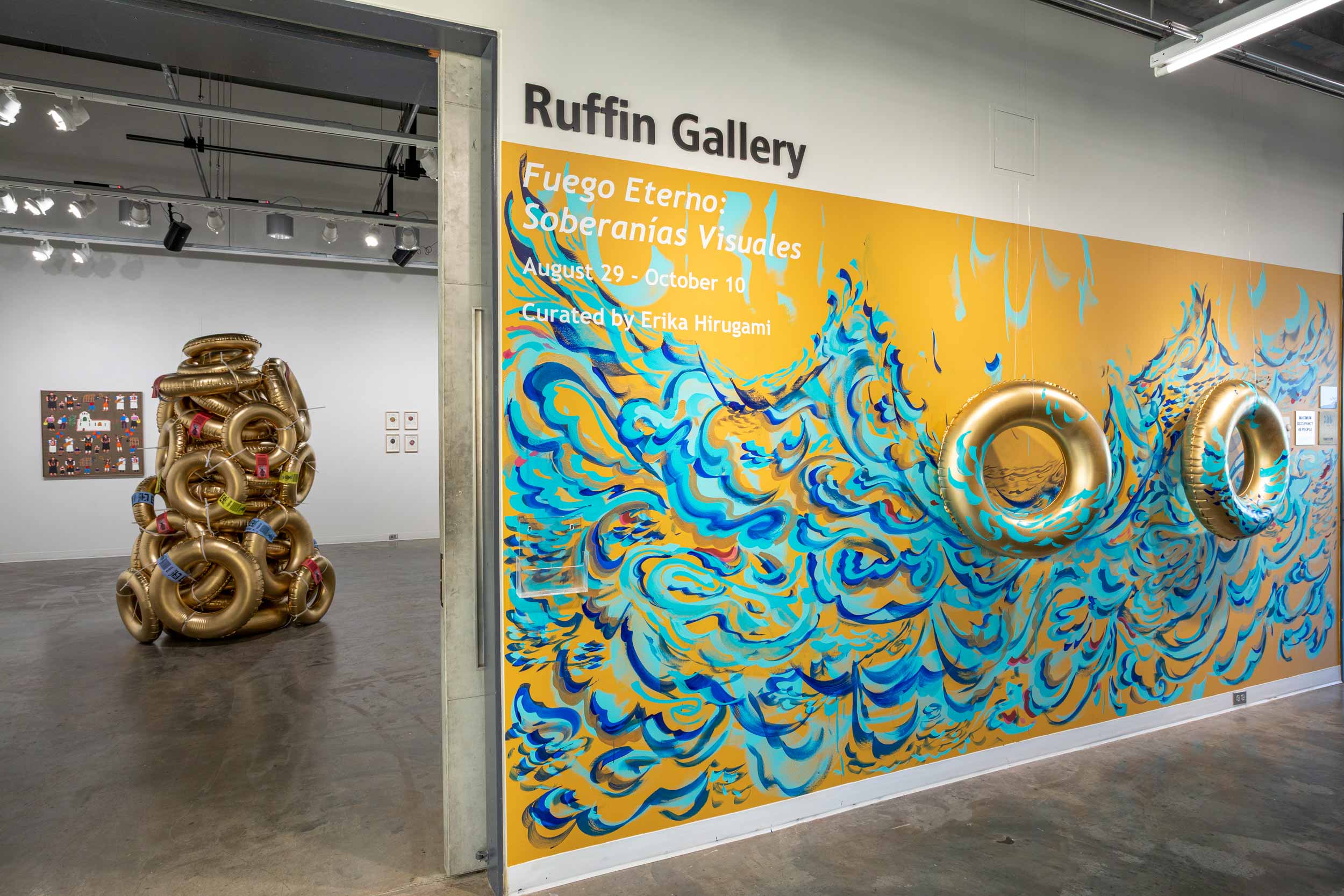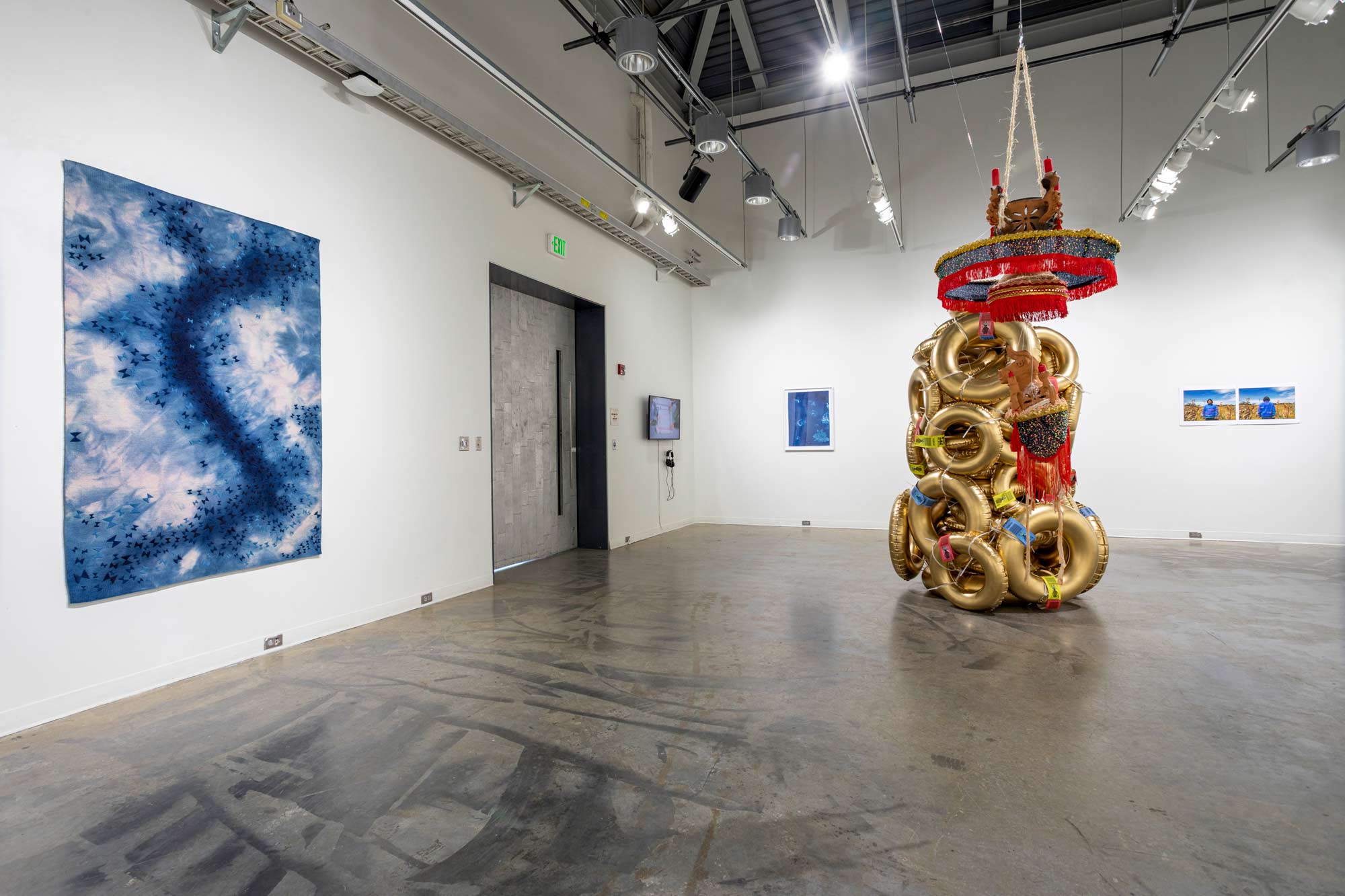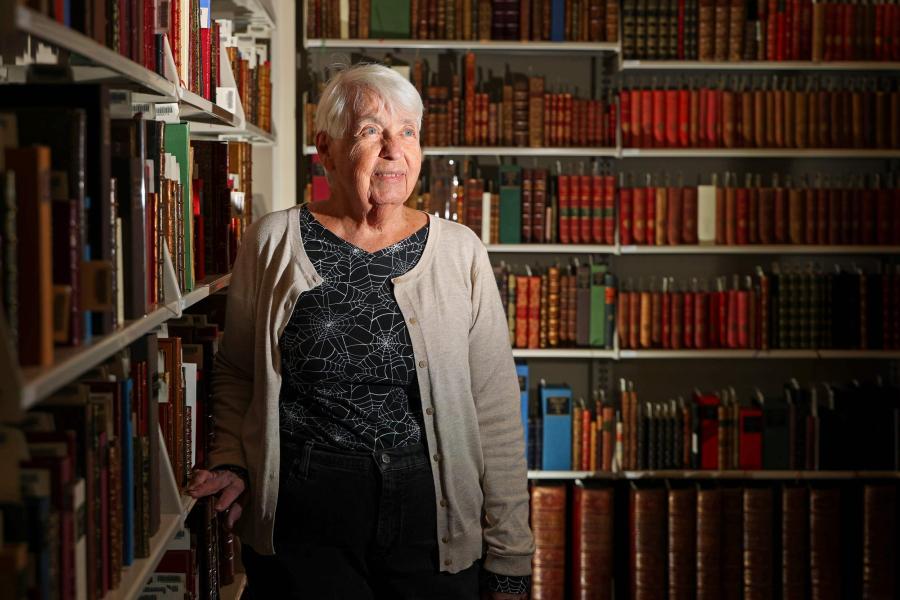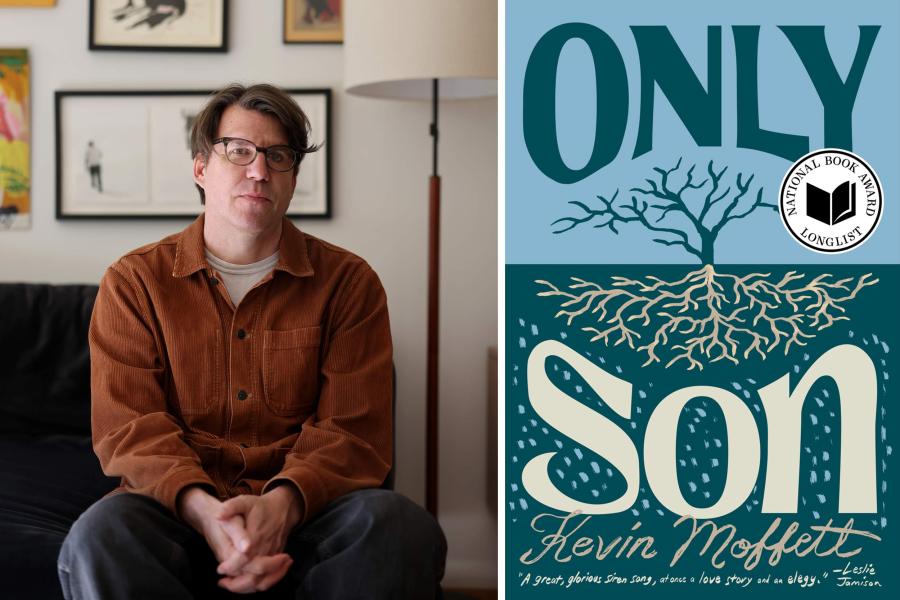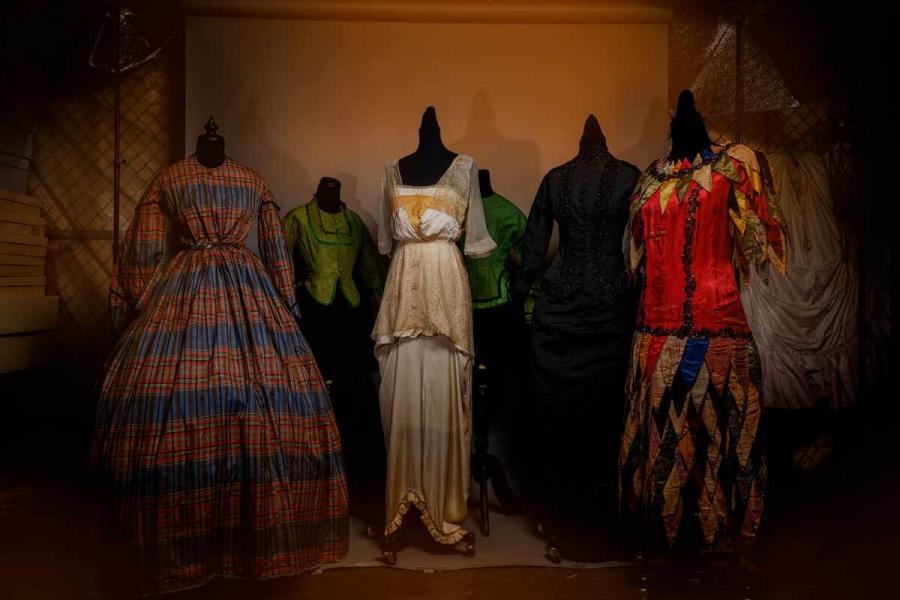It’s the final few days to catch “Fuego Eterno: Soberanías Visuales (Eternal Fire: Visual Sovereignties),” an art exhibition at the University of Virginia’s Ruffin Hall.
The newly launched Global Spanish Initiative has hosted the exhibition showcasing indigenous artwork from across the Americas and beyond. Featuring artists and scholars from Mexico, the U.S., Guatemala, the Philippines and nine other countries, the exhibit wraps up Friday.
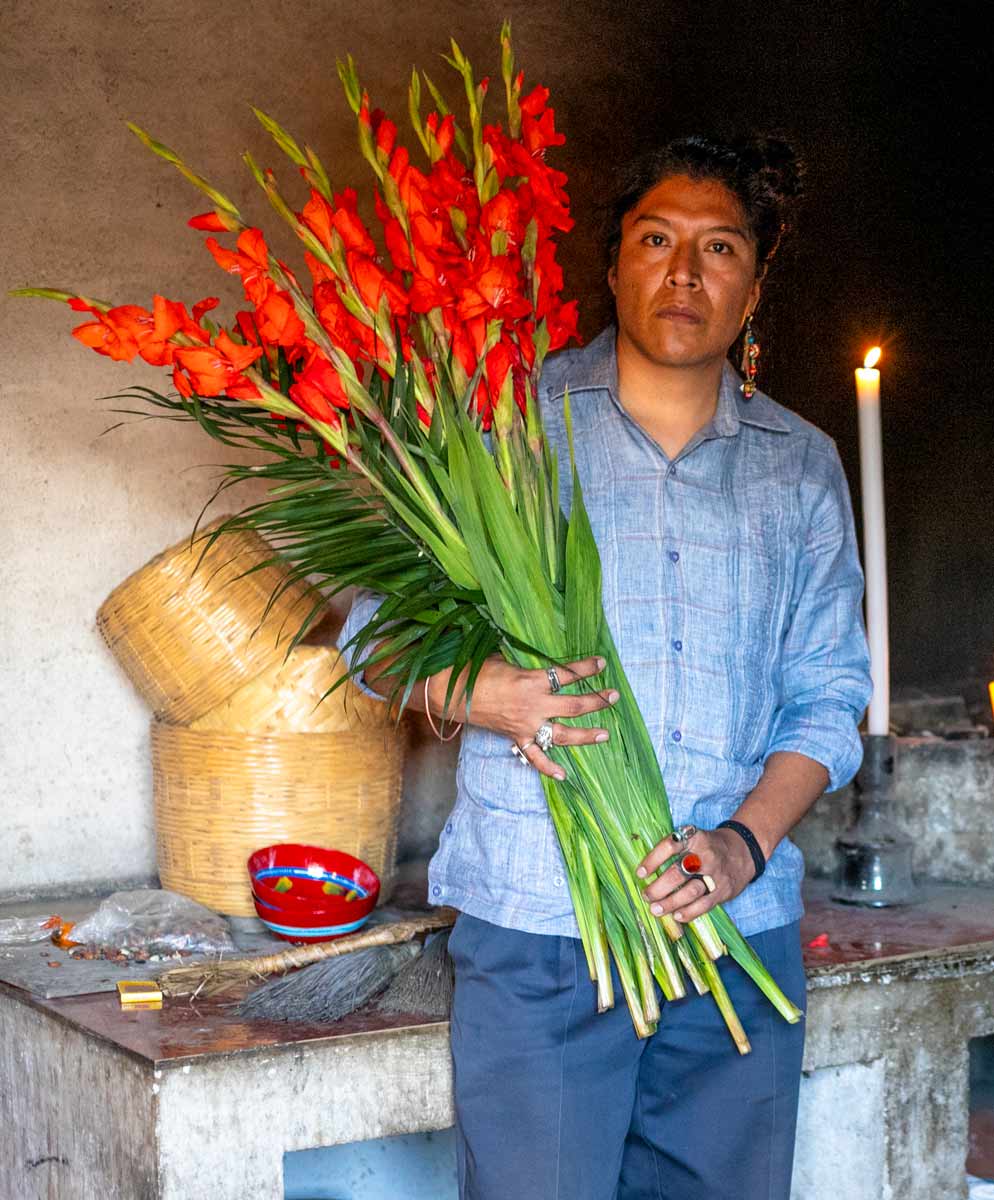
Federico Cuatlacuatl is an artist born in San Francisco Coapan, Cholula, Puebla, Mexico, and currently based in Virginia. (Photo by David Morales)
Federico Cuatlacuatl, a UVA associate professor of art, leads the exhibition. Through experimental video and multimedia installations, he explores themes of identity, immigration and preserving indigenous cultures.
UVA Today talked to Cuatlacuatl, the co-founder of the UNDOC+Collective and founder of the Rasquache Artist Residency in Puebla, México, about creating the exhibit and its closing week.
Q. How did the exhibition come to be?
A. I am the lead organizer, and I invited guest curator Erika Hirugami, a doctoral candidate at (the University of California, Los Angeles) of Mexican and Japanese descent, on board. She is the creative brain in curating the exhibition, the language, the concepts, and the framework for how all of the artists come together into thematic conversations and dialogues.
